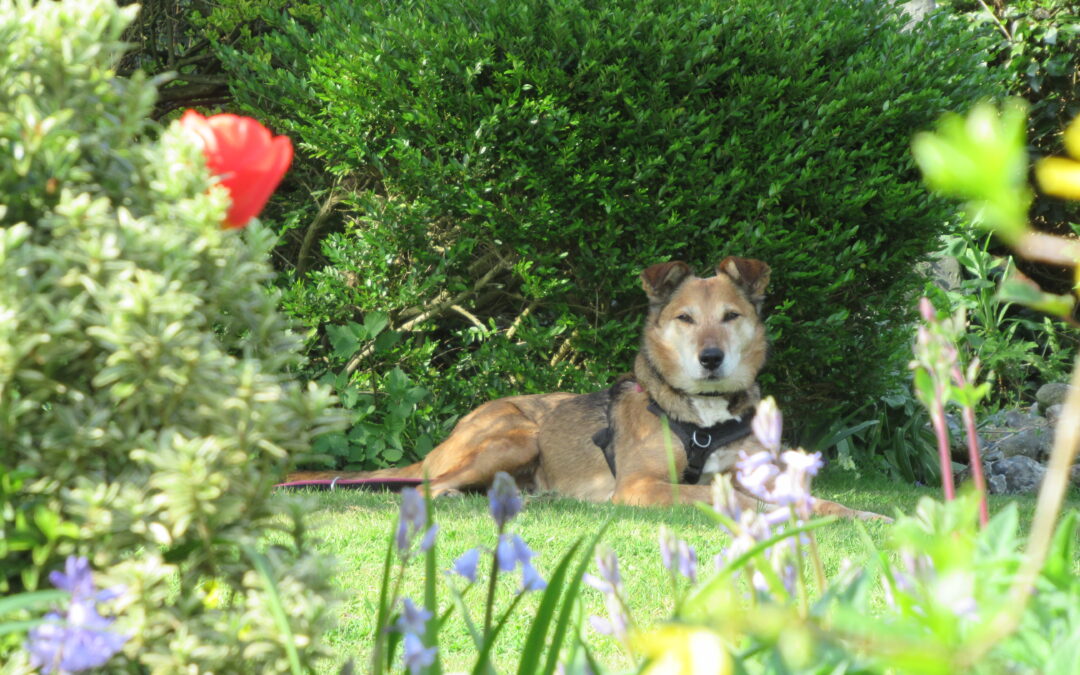Give your reactive dog a break
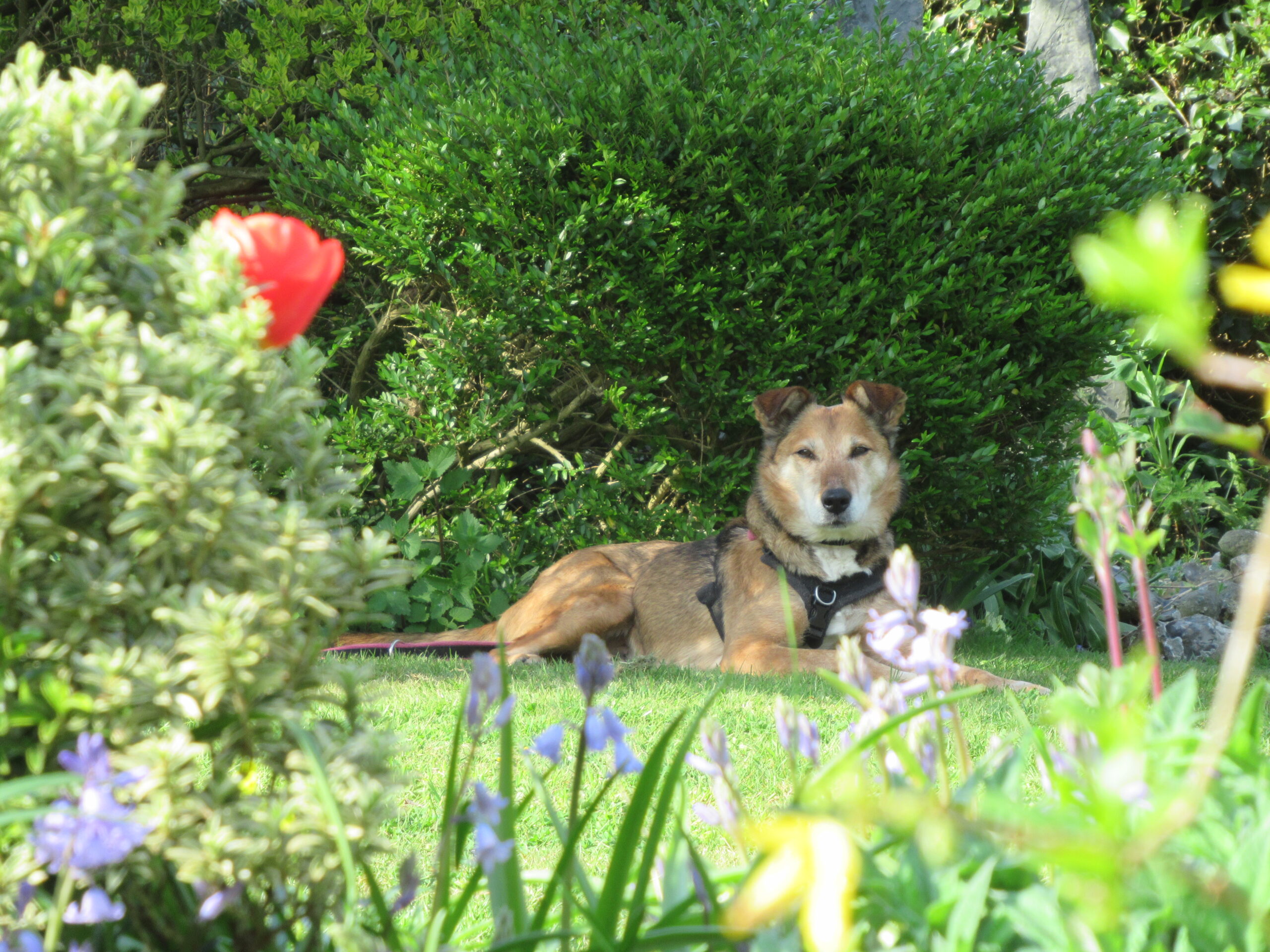
You have probably been told that dogs require a minimum of 1 walk a day. If you fail to give your dog this daily exercise then you are not undertaking your duties as a responsible dog owner. However this isn’t always the case, especially if you have a dog that doesn’t enjoy walks.
We have all experienced times of high stress. Whether it be sitting an exam, taking on an important role at work or attending an interview. For some dogs every walk is stressful. They have no control over where they go and what is happening around them. For a fearful dog there could be danger lurking round every corner. Even if they don’t actually meet the scary thing, they are on high alert in case they do.
Long term stress can cause major health problems in both dogs and humans. Stress causes chemical changes in the body and brain. When the body emits a stress response it can take 2-6 days for it to return to normal. If the body isn’t given the chance for the levels to return to normal then the levels of stress hormone continue to rise.
Imagine you have just watched a horror film. The jump scenes caused your body to release hormones into your blood stream so you start to feel on edge. Several hours after watching the film you feel uneasy going upstairs in the dark. You feel more alert to every sound and every shadow. The hormones are still circulating in your blood. There is a knock at the door, and you jump, even though you have never had an axe murderer at your door, and all your visitors have been friendly.
Now lets think of a dog who is scared of other dogs out on a walk. You walk out of your driveway and see a dog walking along the road. Your dog instantly starts barking and lunging. Further on your walk you see a mum with a small child wearing a padded jacket with his hood up. Your dog barks, even though he is friendly with people. At first glance the child looks like a dog. Continuing on your walk you see a couple more dogs, a man carrying a shopping bag and a cat. Your dogs reactivity continues to increase as do his stress hormones.
Back home your dog now feels like he has watched a horror movie. Whilst some dogs are able to relax in the safety of their own home, others may continue to be on alert. However it will take 2-6 days for the stress hormones to completely leave his body from that walk alone. Now imagine he gets another walk, and another top up of those hormones in several hours time.
No walks doesn’t mean your dog is going to be left to go stir crazy in the house though, that will cause stress in itself to many dogs as well as welfare issues. Spend the time you would normally be walking your dog doing training with them, play games and get them using their brains.
Resources.
Reactive Dogs and Exercise. L.Cooper.
Stop The Pull – a introduction to loose lead walking
Stop the Pull An introduction to loose lead walkingThis month (and into February) on my social media I will be focusing on loose lead walking. Please check me out on twitter, Instagram, YouTube and Facebook - Dog Owner Training School.This important skill can make all...
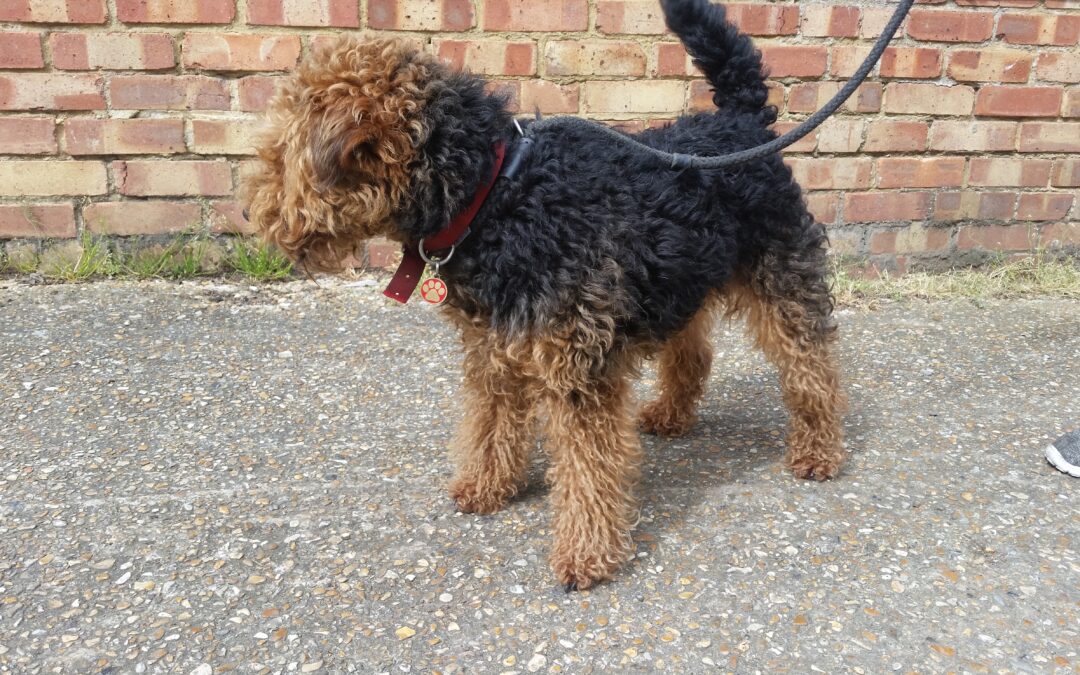
Leaving the house on a loose lead
Leaving the house on a loose leadStop the pull before it starts! The daily walk is the highlight of the day for most dogs. This leads to your dog getting over excited and behaving like a sugar fuelled child at a birthday party. This over the top behaviour starts as...
What is a soft crate, and why do I need one?
What is a soft crate, and why do I need one?So what is a soft crate and why do I need one? So in the live on Monday, I discussed soft crates and why they are a piece of equipment I would be lost without. A soft crate is a bit like a portable tent for your dog. It is...

Dog Headcollars
Dog HeadcollarsThere are many different brands of dog headcollars out there. They sit snug to the dogs head giving you control over the direction and speed of which your dog moves. Traditionally used to give control over horses and cattle, they are often used as an...
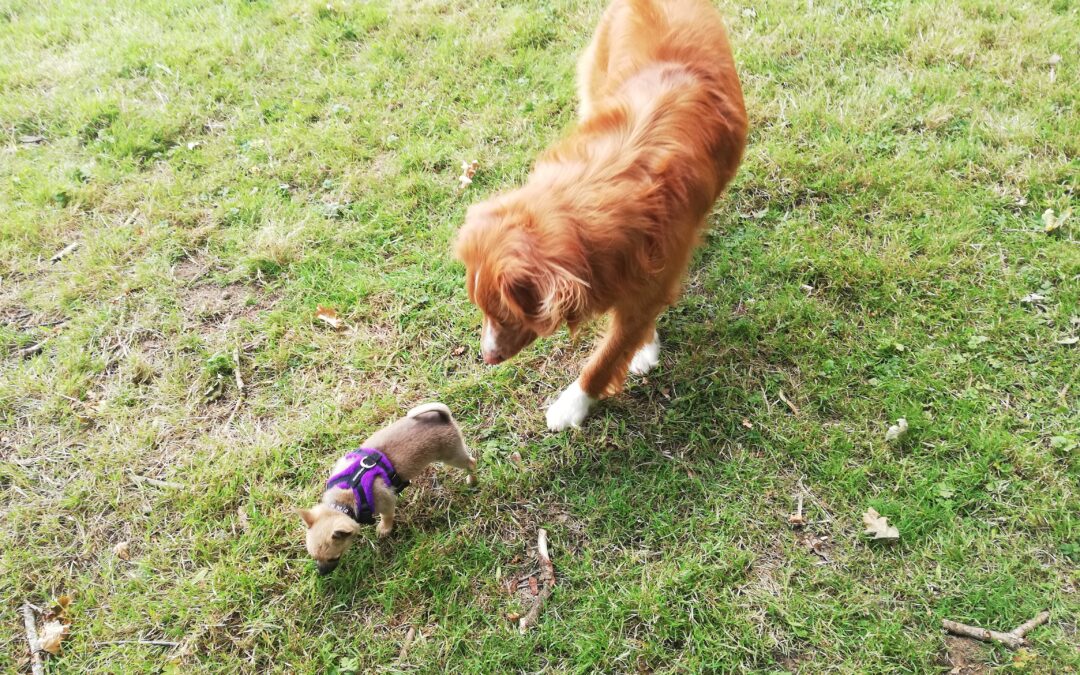
Accessing DOTS online courses
Accessing DOTS online courses I have put together the following videos as a guide to accessing the DOTS online courses. Signing up to a new course Accessing course materials once registered If you have any further questions please don't hesitate to contact...
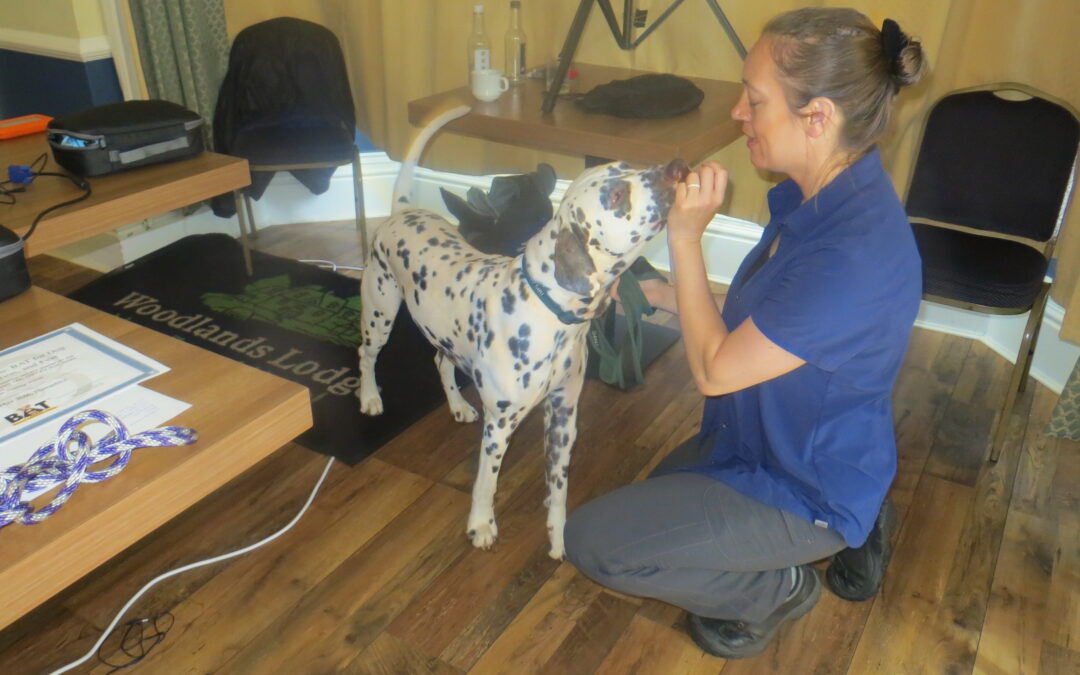
My Inspiration: Grisha Stewart
Grisha Stewart Grisha Stewart Known for creating the BAT system, Grisha Stewart is a trainer who I highly admire. Behavioural Adjustment Training is for rehabilitating dogs who struggle with fear, frustration, or aggression. Grisha has written two books – Behavioural...
Free Facebook Group
Join our ‘Practical Puppy‘ group for lots of free resources and information
Get our newsletter
Sign up for our free newsletter to receive special offers, free training videos and the latest DOTS news
Got any questions?
We would love to hear from you!

